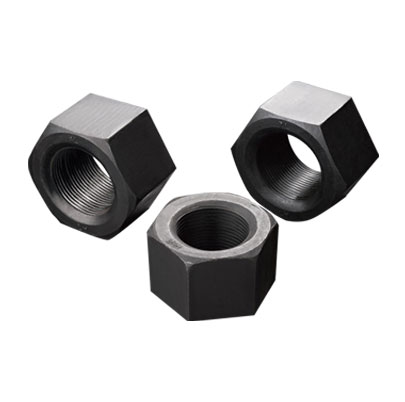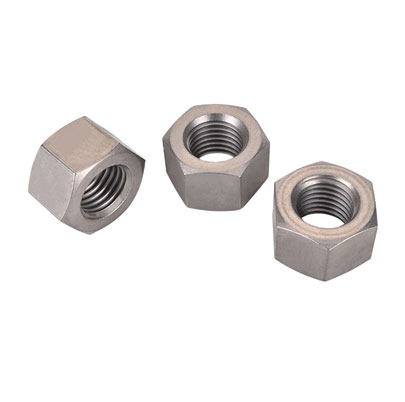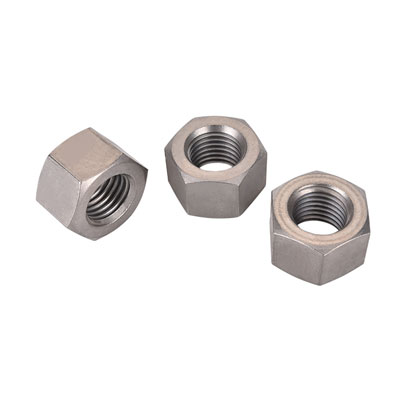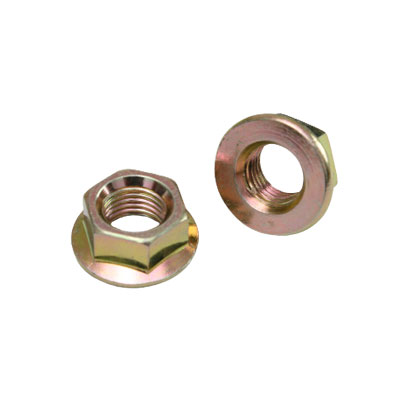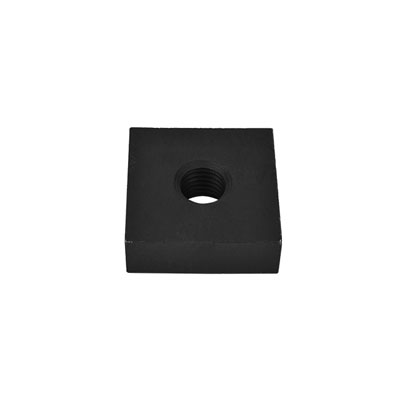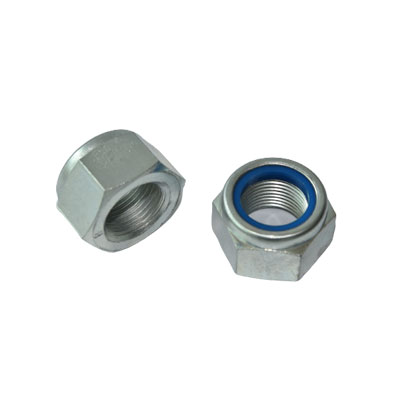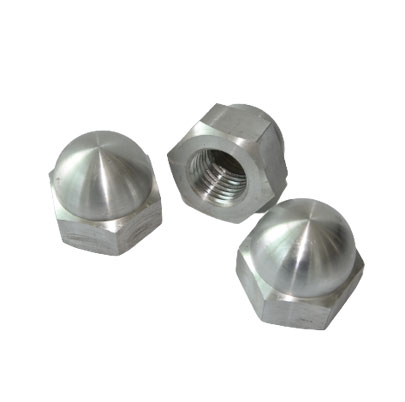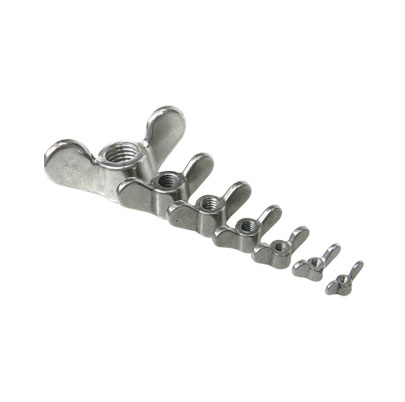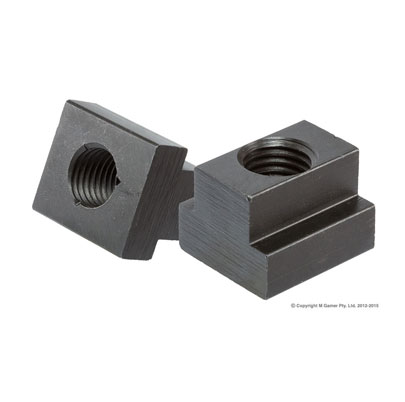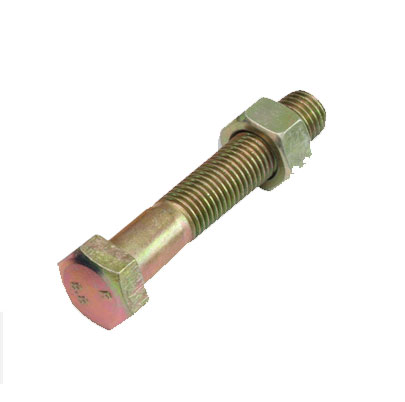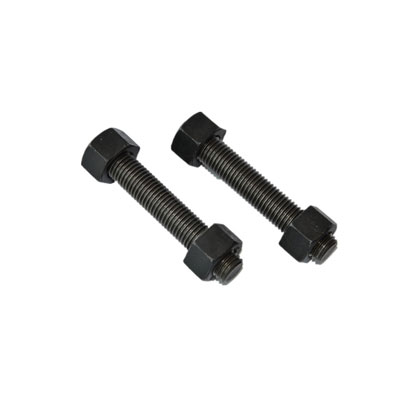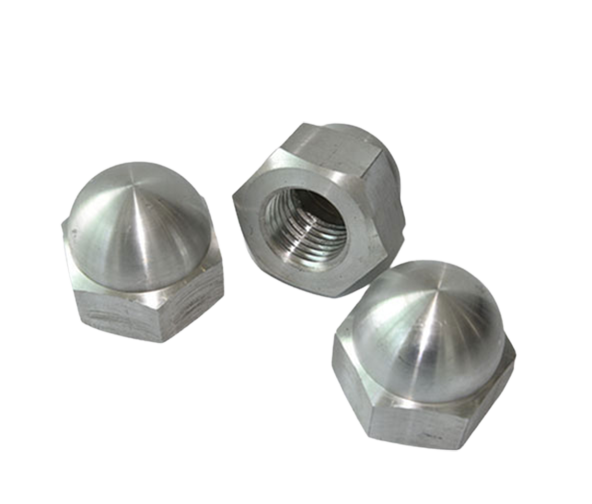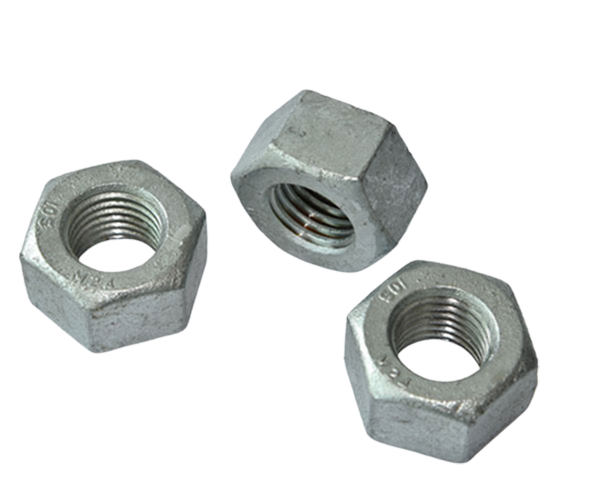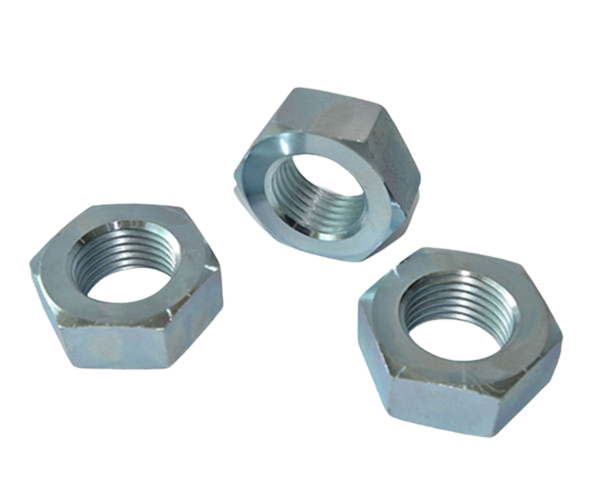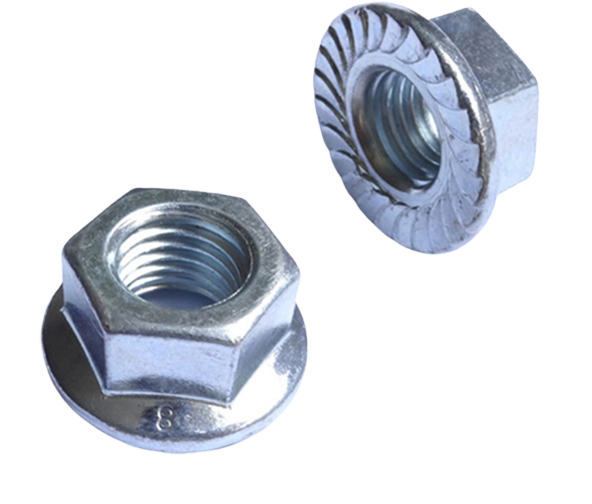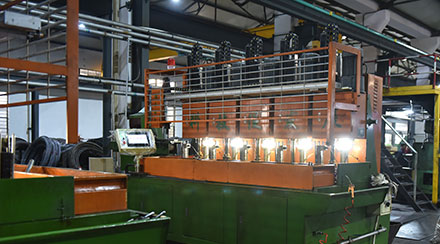Threaded fasteners are mechanical parts with internal or external threads, which are generally used as fasteners to facilitate the combination of multiple components. The most common threaded fasteners are screws, nuts and bolts. However, there are other threaded fasteners such as cage nuts, threaded inserts, threaded rods, etc.
1. Threaded fastener connection is one of the common connection methods for automobiles
Among them are welding, riveting and adhesive bonding. The purpose of threaded fastener connection is to make the connected parts fit closely and bear a certain external force, and has the advantages of high precision, convenient assembly and convenient disassembly and assembly of parts.
There are four kinds of external forces on the threaded fastener, tensile stress, shearing force, tensile stress + bending stress, tensile stress + bending stress + shear stress, etc. To ensure that the threaded fastener connection can overcome various static external forces or dynamic external forces on the connected components, the threaded fasteners must generate an axial clamping force on the connected components, and the axial clamping force is determined by applied torque provided. The bolt overcomes the friction force and realizes elastic deformation according to the rigidity ratio between the bolt and the connected components, thereby forming a clamping force between the two ends of the bolt. The correct tightening process should control this clamping force, so the essence of assembly tightening is to control the axial clamping force of the bolt in an appropriate range.
2. Assembly of threaded fasteners on automobiles
During the assembly process of threaded automotive fastener connections, the dispersion of clamping force is affected by the chosen assembly method and other external conditions. During assembly, the clamping force must be large enough to ensure that the connected parts can fit reliably during the working process without relative movement; on the other hand, the applied clamping force must ensure that the bolts and connected components will not be damaged or plastically deformed during assembly and service. Market research shows that most of the problems in bolted connection, such as bolt loosening, fracture, compression of connected parts, damage, etc., are caused by poor or incorrect clamping force. Studies have shown that the greater the axial clamping force of the bolt, the better its anti-loosening and fatigue resistance, and it is usually used when the bolt is tightened to yield.
At present, in the automobile assembly site, considering the actual production cycle and operation, it is impossible to measure the clamping force of each bolted pair correctly. Therefore, the torque can be used as an intermediate value to evaluate the assembly quality of the bolted pair. For torque control, the torque control accuracy of the tightening tool and the tightening process method are the two keys. In general, the torque control accuracy of pneumatic tools is 10% to 40%; the accuracy of manual fixed torque wrenches is about 10%; the torque control accuracy of electric screwdrivers can reach 3% to 5%. The precision of tightening tools and torque control directly determines the level of assembly.
 English
English
